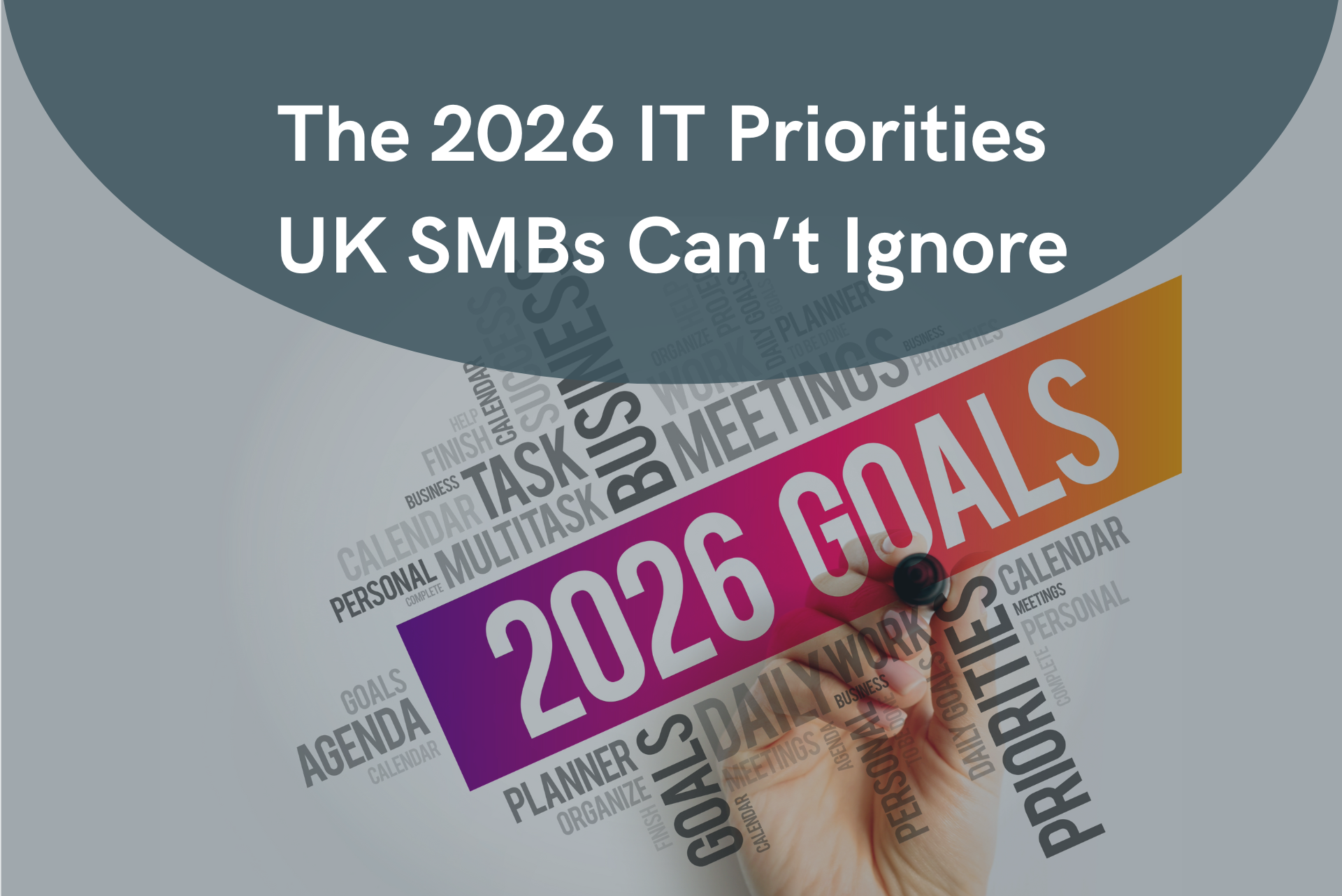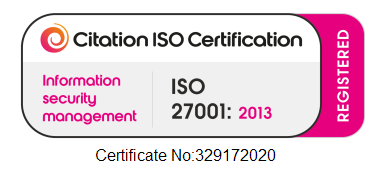Ransomware guide for your staff
Cyber security is something that all businesses need to be concerned about. In the UK, from 2021, over 165 million records were exposed in the UK due to data breaches. This would have a devastating impact on any company, causing huge financial losses and reputational damage.
Unfortunately, a lot of attacks occur due to employee errors. This is because they have not been given the right guidance. With that in mind, we have put together this guide to help you protect yourself from ransomware.
What is ransomware?
Before we delve deeper into ransomware and how to protect yourself, it is imperative to explain what ransomware is.
Ransomware is a form of malicious software that has been created so that access to your computer system is blocked. Once ransomware has infected your network, the hacker will usually get in touch to demand a ransom so that you can access your files again.
There is no guarantee that you are going to regain access to your system by paying the ransom, though, so even if we were to pay the ransom, the files could be lost forever.
What can you do to protect yourself from ransomware?
Now that you have a good understanding of what ransomware is, we’re going to take you through some of the different steps you can follow to protect yourself:
1. Do not click on any attachments or links from people you don’t know
One of the most important rules when protecting yourself from ransomware is making sure that you do not click on any attachments or links from people you don’t know. If you do not recognise the email address, you should never click on any sort of attachment.
2. Always double-check if you receive an email from someone you know but you weren’t expecting
You may receive an email from someone you know, encouraging you to open an attachment or click on a link. However, the email may be a bit of a surprise, i.e. something that you were not expecting. If this is the case, don’t click on anything yet!
Make sure you get in touch with the person who sent it to ensure that they meant to. It could be that someone has hacked into their email and sent you ransomware this way.
3. Always double-check the email address
Hackers are sophisticated these days. They know how to make emails appear as they have come from someone else. They will often copy the structure, logo, font, and other common elements used by establishments such as banks and other well-known organisations, making it appear like the emails are genuine. However, one thing they cannot fake is the email address, so always double-check this.
Be careful, though, as they can put the company’s email address within the email’s subject line to try and trick you, so this is something else to look out for!
4. Never use your work email address to sign up or register for anything online
Unless you are authorised and the sign-up is work-related, do not use your work email address to sign-up for anything online. You should always use your personal account.
5. Don’t give out your personal information
If you receive an email, text, or call from someone you don’t know, don’t give any of your personal information. Remember, genuine companies will never ask for your password in full!
If someone calls you and asks for characters two and four from your password, and then claims it does not work and asks for other characters, don’t give them the answer. They could be trying to piece your password together!
6. Don’t download anything from a site unless you trust it
Do not download media files or software from unknown websites. Only use trusted and verified sites if you are downloading something.
There should be markers of trust, for example, HTTPS in the URL bar instead of HTTP.
So there you have it: an insight into ransomware and how you can make sure that you protect yourself. Unfortunately, insider attacks represent a huge portion of data breaches today, and they often happen because of a lack of staff education on cyber security matters. Hopefully, this guide will help you to feel more confident about protecting yourself online. However, if you have any other queries or concerns, please do not hesitate to get in touch. Whenever you’re unsure, ask a senior member of staff.




